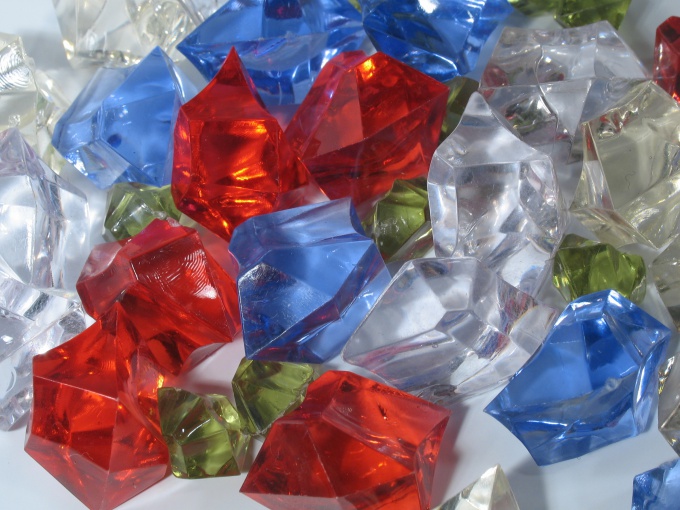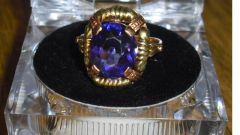You will need
- 10x magnifier;
- tube;
- scales;
- magnet;
- match.
Instruction
1
Take the stone in your hands or touch it with language. All artificial gems the real warmer and they heat up faster. Minerals such as, for example, aquamarine, amethyst, quartz, rock crystal cooler glass.
2
Inspect the stone under a 10x loupe. Emerald, for example, has a characteristic pattern in the structure. Spiral patterns and tubular figures indicate synthetic fake. Genuine amethyst you will see the natural inclusions and defects. Moon stone has a layered structure. Of aquamarine are the inclusion resembling a white chrysanthemum.
3
Rate the color of the stone. Deep blood ruby is rare and it is more expensive than diamonds. From one angle Rubin pale and the other dark red. The aquamarine view under different angles – a real stone slightly changes colors. The color of chrysolite homogeneous. The color of citrine varies at different angles from pale to rich yellow. Lapis lazuli has a smooth blue color.
4
Consider the stone under bright light. Diamond, for example, will light up faces are back, if the light falls perpendicularly. Natural ruby crack zigzag and does not glow in bright light. Moon stone shimmers with many colors, and inside it twinkling sequins.
5
Test a mineral for hardness, if possible. RUB the diamond with sandpaper. She will not leave it rough. Swipe diamond, for example, emerald, sapphire or glass. These minerals will remain a scratch. Sapphire is harder than ruby and emerald. Heliodor will leave a mark on the glass.
6
Explore the physical properties of the stone. RUB the Topaz natural or amber with a woolen cloth. These stones will attract small particles, and fibers. Pomegranate has magnetic properties. Put the tube on the scale, it will place the mineral, and to him holding a magnet. The scales should begin to fluctuate.
7
Bring to the amber lighted match. Natural stone is a whiff of resin, an immature amber will appear on the spot, pressed amber will become tacky.
Useful advice
When buying jewelry ask the seller about the quality of the product. Find out the origin of the stone – it is synthetic or natural, whether stone beautification. Always ask for a receipt with a description of the main characteristics of the jewelry.




